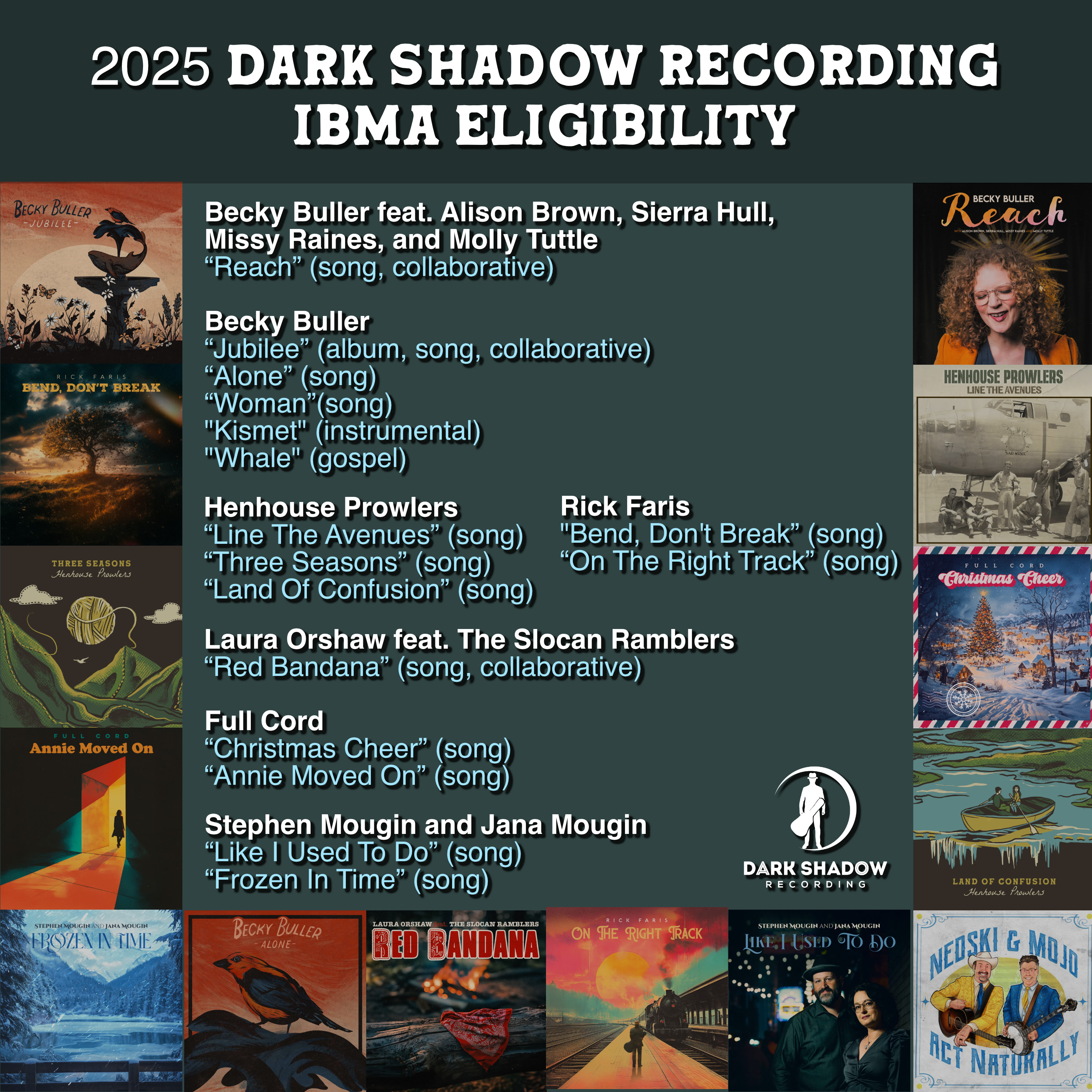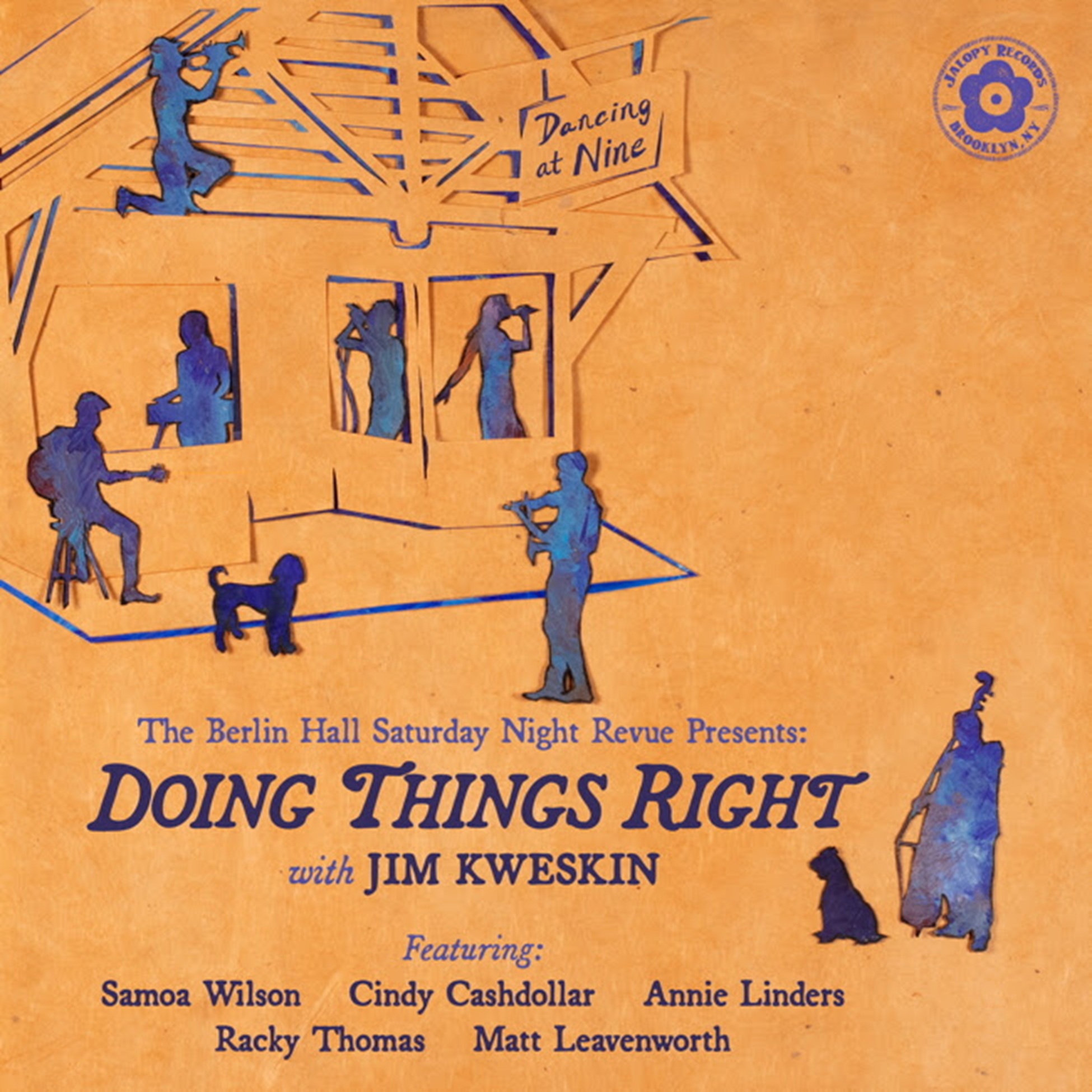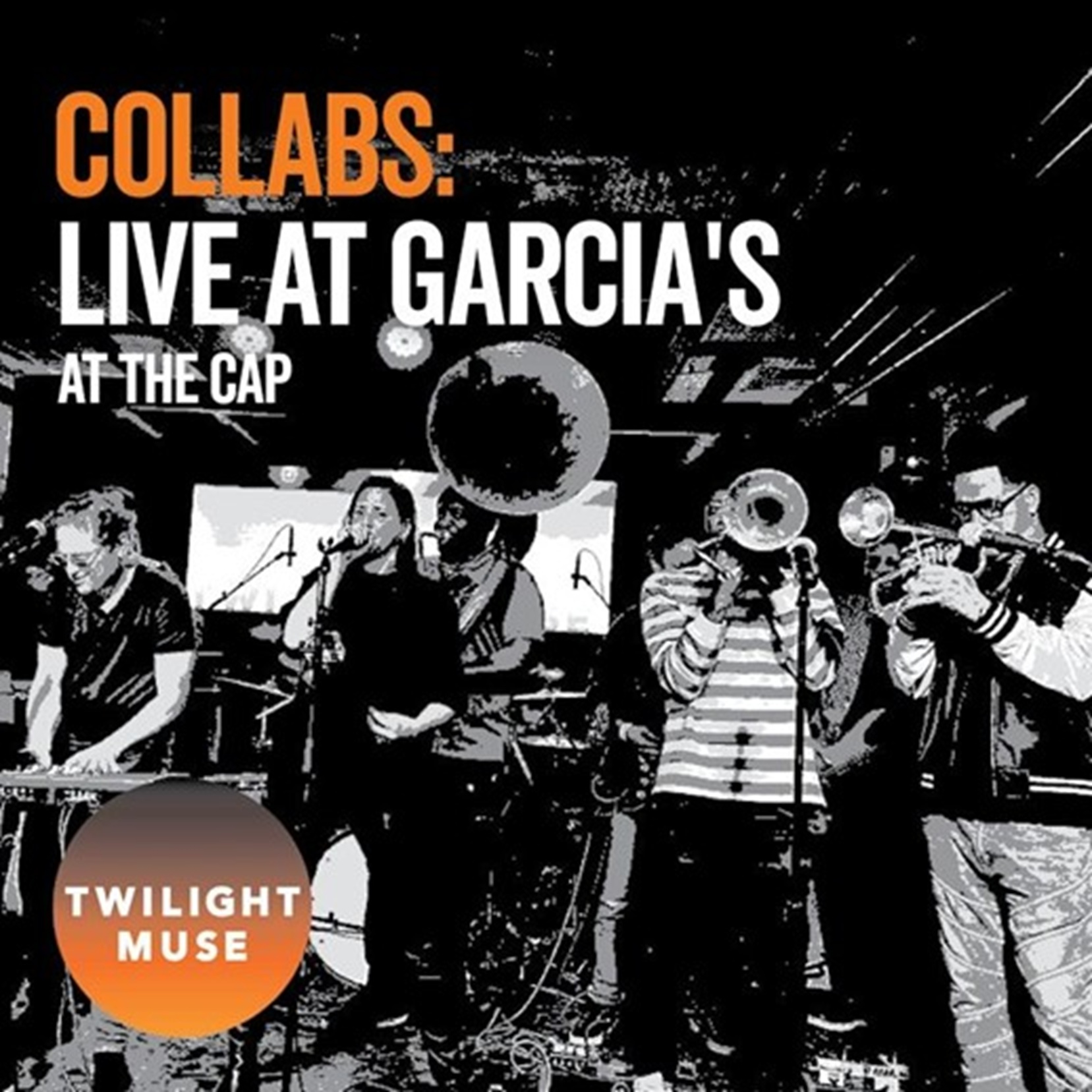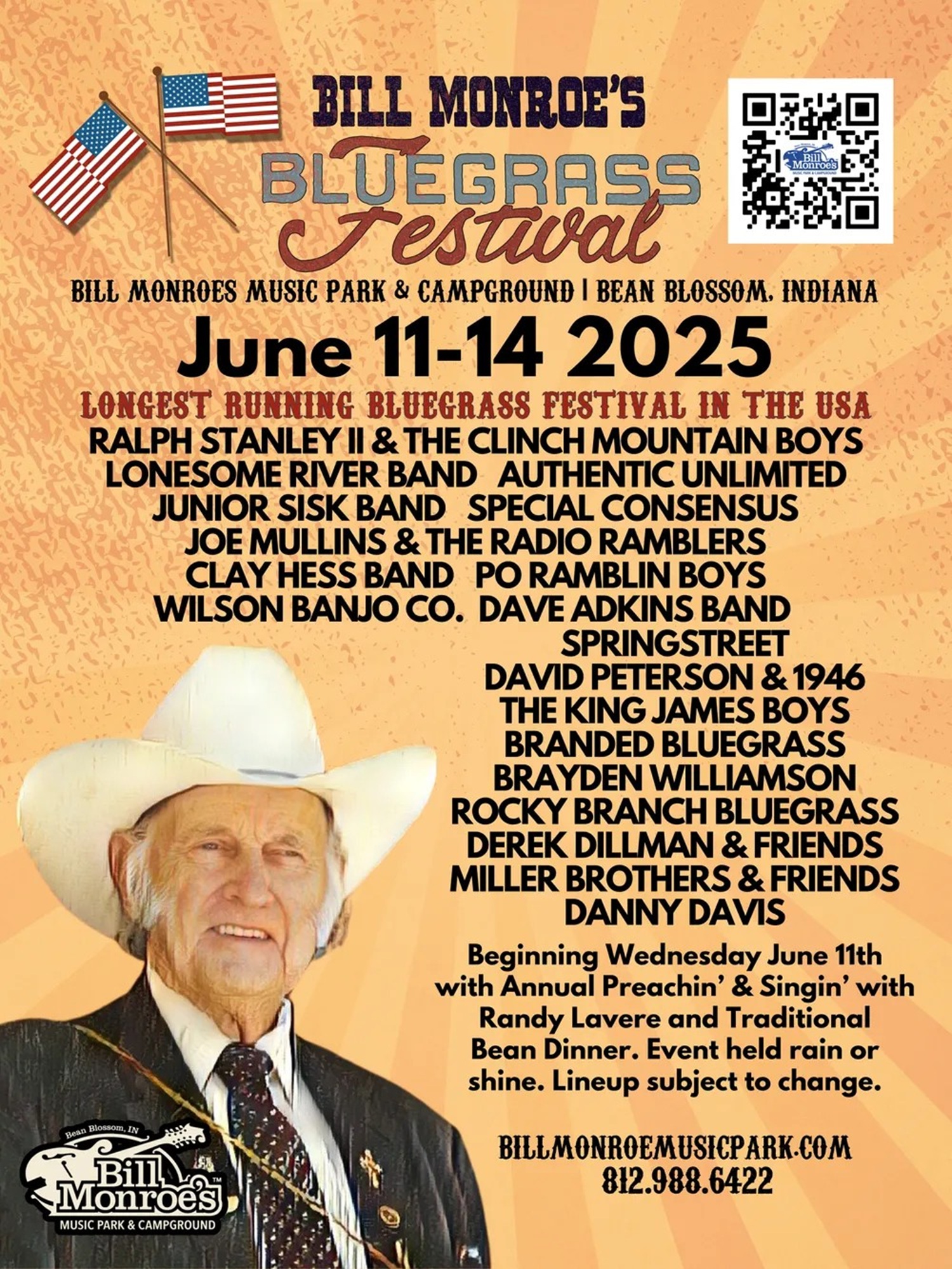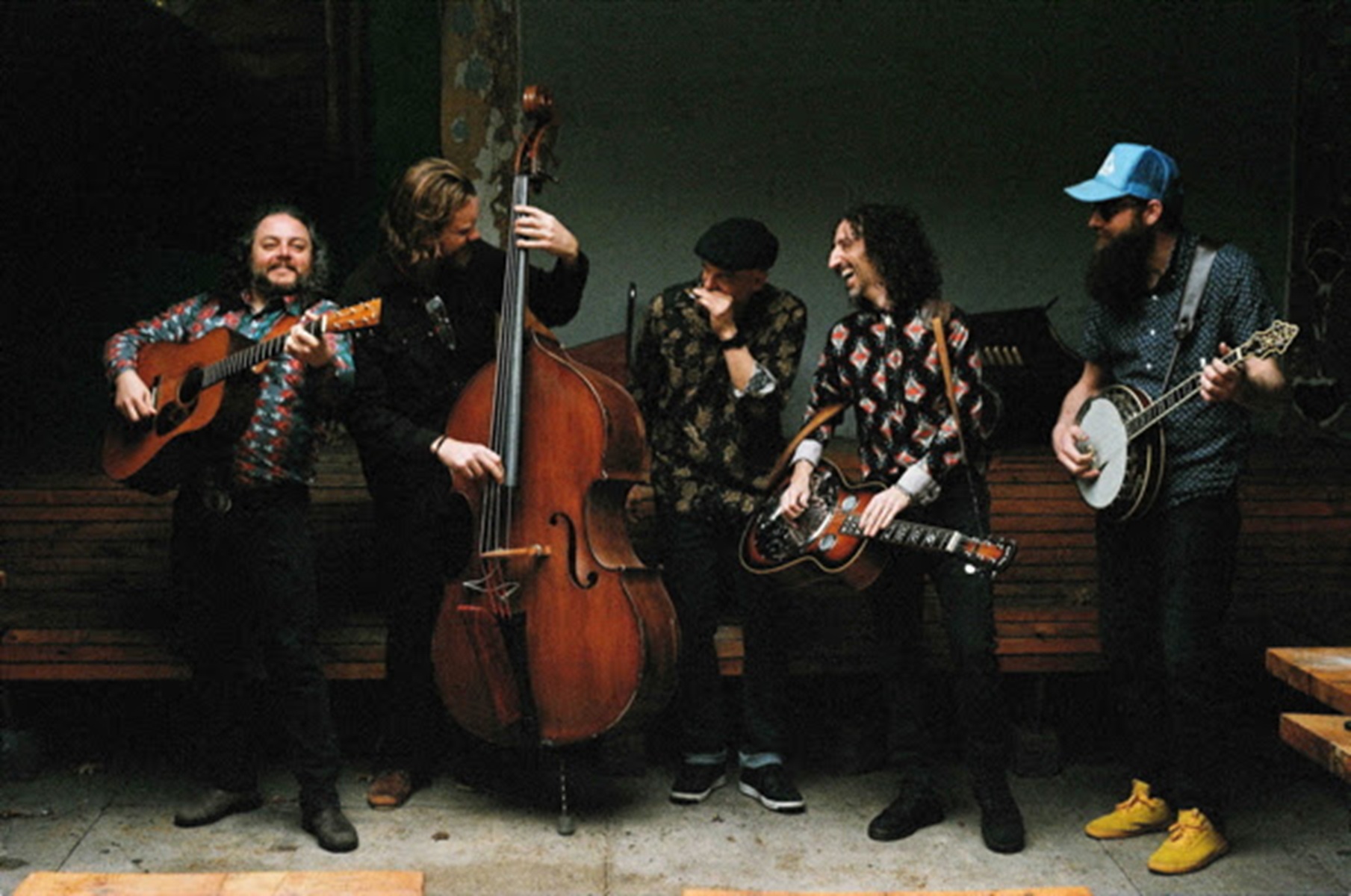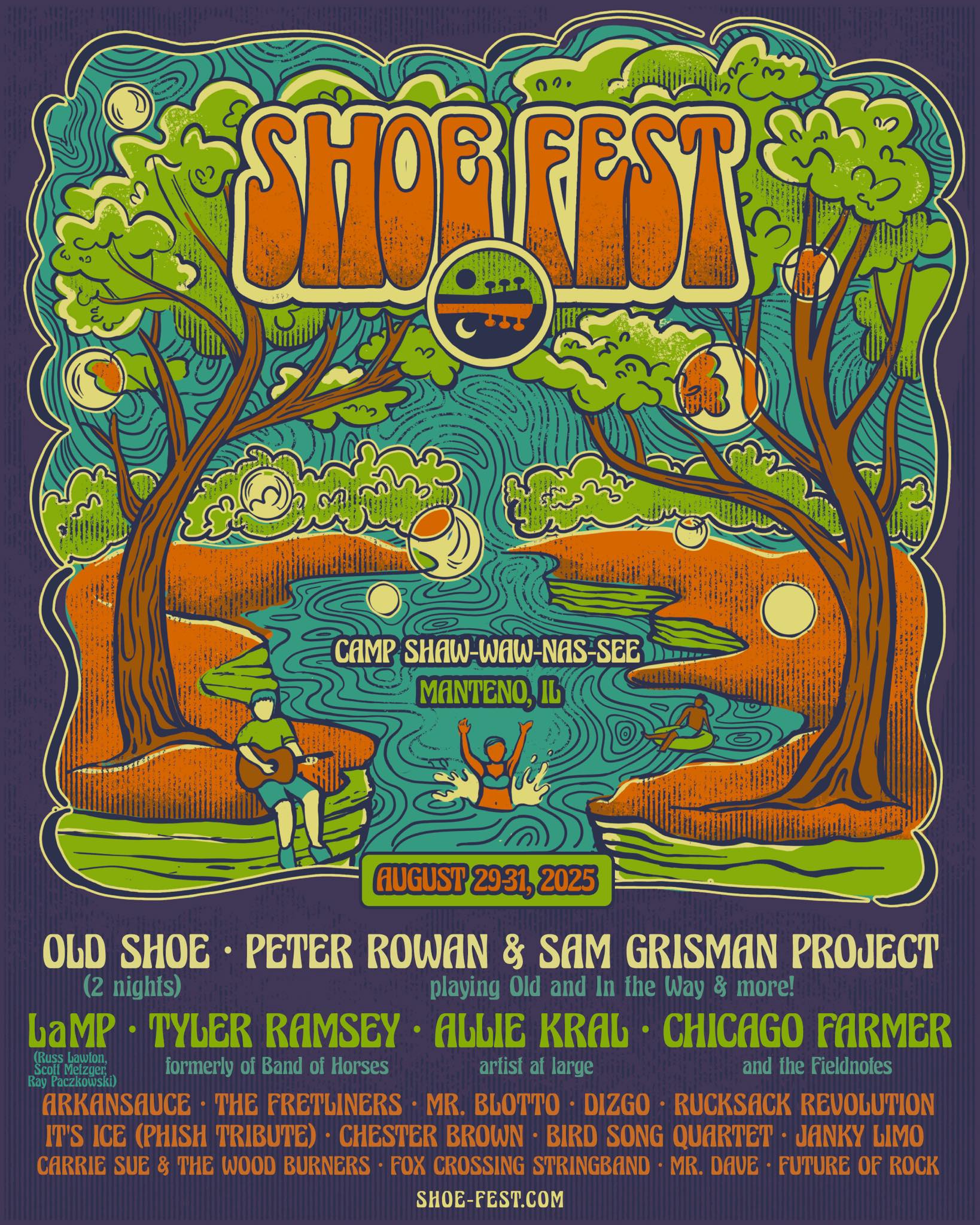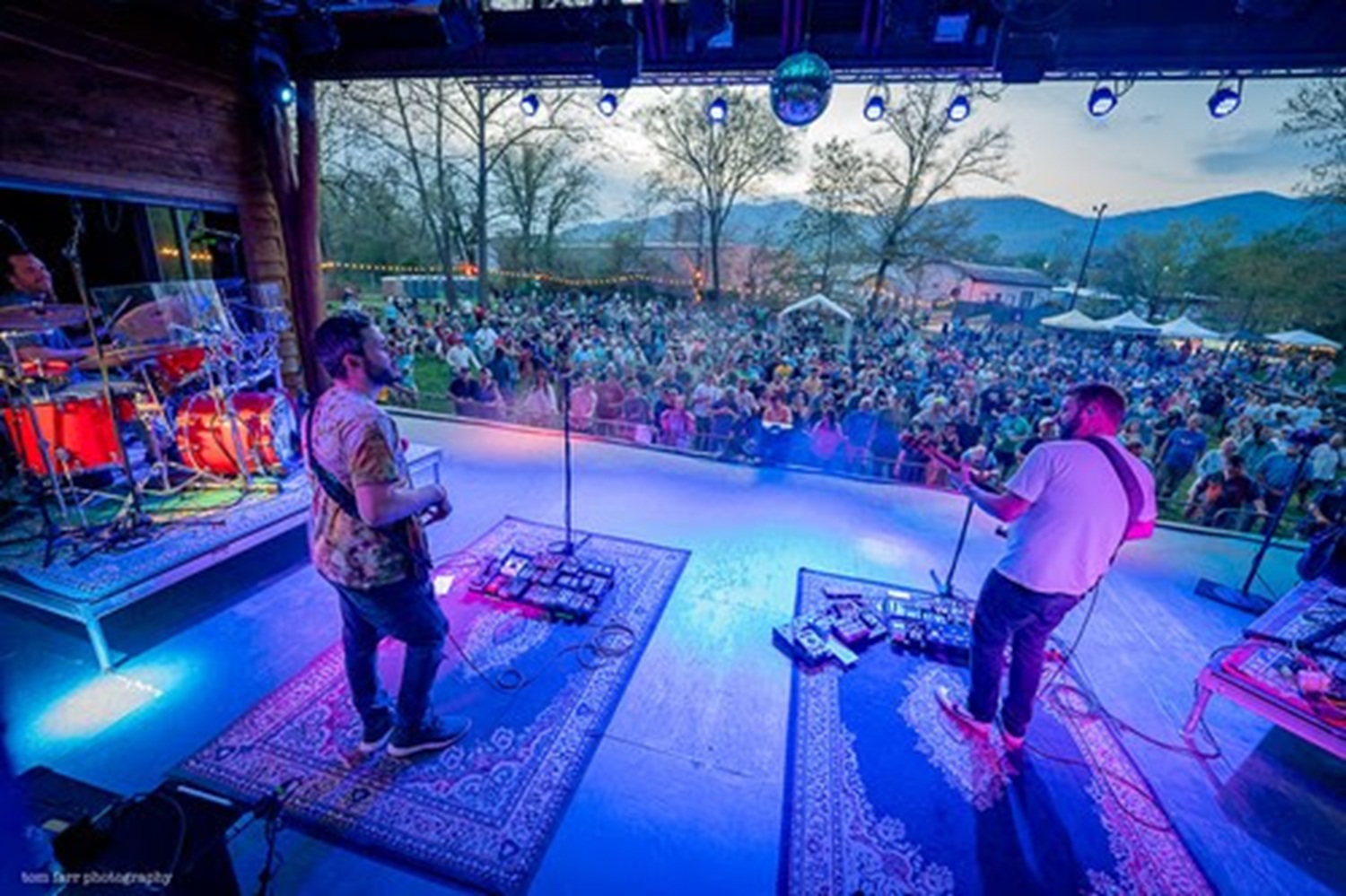With her new sophomore record, Both Sides of Lonely, Michelle Billingsley has evolved beyond the folky troubadour turns of her lauded 2020 debut Not the Marrying Kind, becoming a torchbearer for classic country & western and honky-tonk that strikes a satisfying balance between vintage and modern. Along the way, the Chicago-based artist navigated some major life changes, broke in a new backing band, and worked hard to overcome a neurological condition—spasmodic dysphonia—that derailed early vocal sessions for the new album.
“I’ve got a whole new sound, a new record,” Billingsley says. “My voice is stronger than ever. I’ve got a ring on my finger. I’ve got a dog now. And my band and I have really grown with this album. It’s useful as a roadmap going forward—this is the sound; this is where we’re headed.”
As a songwriter, Billingsley has fast developed a reputation for being unguarded, often tackling subjects considered taboo for polite women in country music. Whether with a wink and a smile or a soft, disarming sincerity, on Both Sides of Lonely, she sings her heart out about everything from depression, isolation and self sabotage to casual sex and nuclear winter—though you might not catch it all on first listen, as she likes to veil her most cutting lyrics in raucous acoustic strumming, her dryly dark sense of humor and a whipsmart-assed vocal delivery.
American Songwriter has called Billingsley’s work “charming,” Wide Open Country praised her “storytelling chops” and Country Music People said she was “an important new voice” whose lyrics “have real depth.” She’s also drawn comparisons to Americana and alt-country icons Neko Case, Emmylou Harris, Townes Van Zandt & John Prine via Glide Magazine, Post to Wire and Folk Radio UK. Similarly impressed, producer Matt Brown and sought-after drummer / engineer Brian Deck (Nathaniel Raitliff, Josh Ritter, Iron & Wine) worked with Billingsley on Not the Marrying Kind. Not one to rest on her laurels, though, Billingsley decided to produce follow-up Both Sides of Lonely herself.
“It was very different this time in that it was straight from the faucet,” Billingsley says. “I didn't have to go through someone else's expectations of what my music sounded like. Though I do hate having to make all the decisions! You wonder, ‘Am I doing this all wrong?’ But you have to learn to trust your gut reaction and say ‘no, that's not what the song is supposed to be’; and sometimes you have to listen again, or sleep on it and see if your opinion changes. The whole time you’re walking a tightrope of pitfalls, and if you’re not careful you can go straight through the floor.”

Both Sides of Lonely was recorded and mixed at Chicago’s Jamdek Studio with engineer Doug Malone, and features Billingsley’s live rhythm section—drummer Jordan Snow and bassist Brian Westfall—as well as session guitarist and pedal-steel wizard Brian Wilkie, backing vocals from Kiley Moore, Wild Earp, Christina Hines and George Edward Hurden IV, and additional contributions from Deanie Richardson (fiddle), Max Allard (banjo), Gerald Bailey (horns), Sean Hughes (piano) & Laura Hurwitz (cello).
“Working with Doug was great,” Billingsley says. “He’s patient enough to let you fight your way through the trouble spots. Like if you ‘just need one more take’ 11 times, he's unfazed. But if you’re really stuck, he’ll subtly throw out a little idea, some gentle guidance to get you moving again. And he was great at breaking down old recordings and figuring out how we could emulate the sounds we were going for.”
As an aesthetic guidepost on the new record, Billingsley suggested a Tammy Wynette-meets-Margo Price feel, and Malone helped her get there. On certain songs and instruments, they’d employ a more modern Americana / alt-country treatment, and on other parts of the record, they’d use vintage recording techniques like reel-to-reel tape delay that you’d find on classic country records. “I was really going for a big mood shift from Not the Marrying Kind,” Billingsley says. “Listening back, I think Both Sides of Lonely sounds a lot more mature and developed.”
Imbued with a winking fatalism, lead single “Neat Whiskey” is a prime example of how Billingsley wraps dark lyrics in an upbeat, silver-lined package. The track serves up a shot of blistering honky tonk chased with downhome banjo & fiddle that rides a locomotive beat straight to sweet oblivion. “Champagne Toast” is a glutton-for-punishment heartbreak ballad with a premise as devastating as George Jones’ “The Grand Tour,” its protagonist caustically raising her glass to an ex and his new bride at their wedding. “Him and Her and Me”—about being hoodwinked into a one-sided open relationship—tries to reconcile the life lessons of the country-music cannon (“Why’d Tammy stand by that man? / Can she really mean it?”) with fast-shifting modern ideas about relationships. And there’s also a spirited take on 1970 glass-ceiling crasher “Bad Case of the Blues.” Billingsley was drawn to the song because it was written by two women, Margaret Lewis and Myra Smith (one of the first ladies to own a record label); because it was made famous by country pioneer Linda Martell, the first black woman to perform at the Grand Ole Opry; and also because it has some killer yodeling.
Billingsley’s songwriting wit and knack for countrified wordplay shine on “I Love the Way He Says He’s Sorry,” about picking fights with a significant other just because he’s so damn good at apologizing. The song explores a woman firmly in command of her relationship, operating confidently on her own terms. Musically, though, it offers a welcome contrast, two stepping in heels across the slick hardwood floors of a country dancehall with a shambling, ramshackle grace that teeters on the brink of collapsing into a two-left-footed tumble, but somehow holds together long enough steal the spotlight and everyone’s hearts. Which sounds a lot like Billingsley herself.
In hindsight, it was quite a feat that she was able to finish Both Sides of Lonely—the kind of small miracle that makes one believe in guardian honky-tonk angels. While making the record, Billingsley was diagnosed with a neurological condition called spasmodic dysphonia that causes the vocal cords to malfunction—bummer news for anyone, especially a rising country singer. “If I was holding a tone, the muscle in my larynx would spasm and pull the vocal cord apart,” Billingsley explains. “So I’d be in the middle of a take and my voice would cut out because the vocal cords weren’t touching anymore. It was so frustrating.”
Four hours into cutting vocals for “Trouble walking,” and only halfway finished, her voice just gave out. “I had to call it quits and I couldn't get back in the studio for a month,” she says. “I didn’t know what I was gonna do. As a singer, to have something wrong with the one thing you use to communicate with the world; to have your body fail you like that—It really shook me.”
Billingsley’s ENT suggested a vocal therapist with the caveat that if it didn’t work, her only other option was regular injections of Botox straight into her larynx. “I was like… oh no. No no no. That sounds horrible even once, but having to go back and do it every few months whenever it wears off? Nope. So, after years of trying different vocal teachers, and feeling dissatisfied with them, I contacted this vocal therapist. She had me start from scratch doing all these really basic, boring exercises—blowing through straws and all that stuff. But I stuck with it and, eventually, I was able to figure things out. The therapist really gave me my voice back. After spending the last two years working with her, it feels stronger than ever. I really think growth happens in the friction between two edges. With the whole process of finishing the new record, I was able to work my way through a lot of messy self-doubt back to a place of confidence.”







